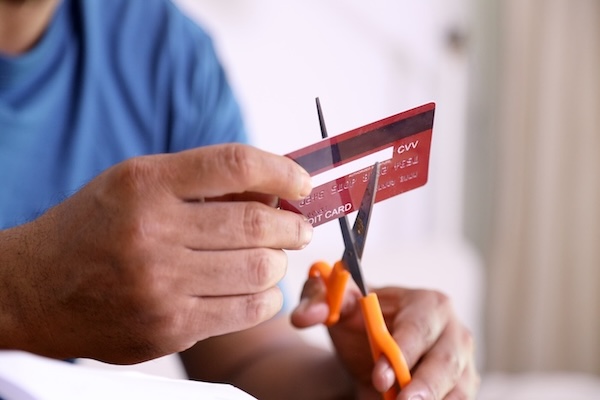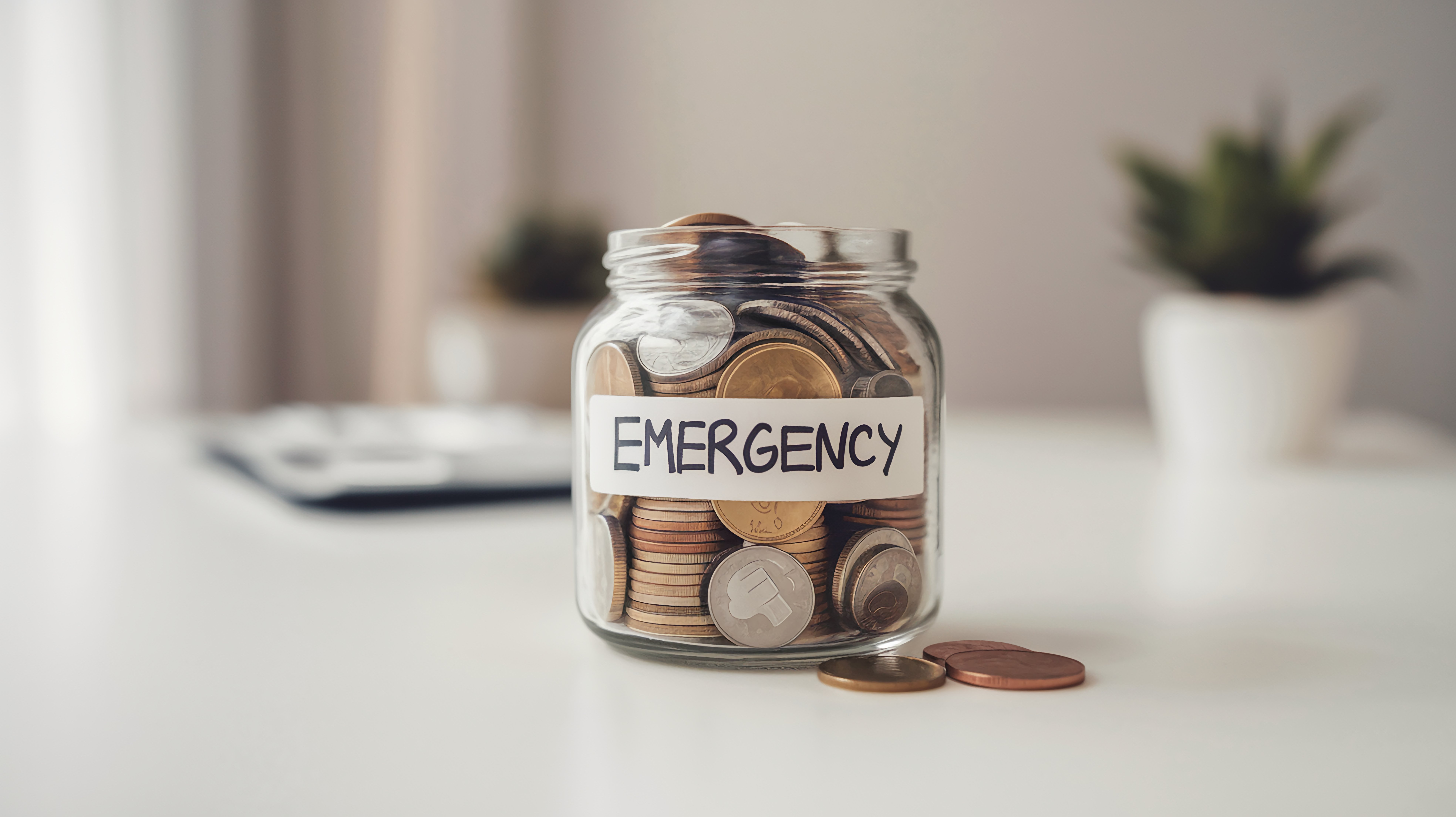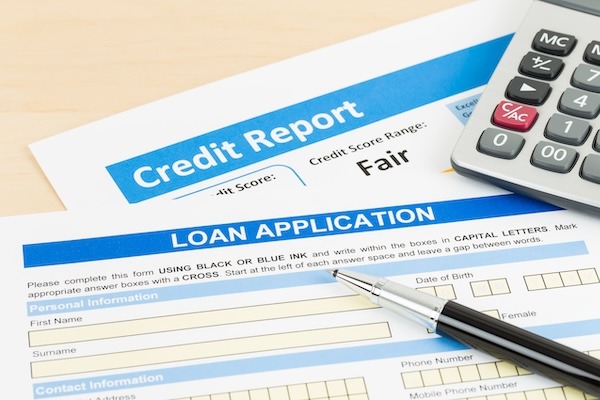10 Ways to Regain Breathing Room Without Touching Your Mortgage
Did you know that the average American household spends over $2,000 annually on subscription services they barely use? While homeownership costs...
Whether you're covering unexpected expenses, making a big purchase, or just need extra cash, our personal loans offer simple, flexible funding tailored to your needs.
Simplify your finances with a loan that combines multiple payments into one. Our consolidation loans help reduce stress and keep your budget on track.
Upgrade your living space with financing designed for renovations, repairs, or remodeling. Our home improvement loans help you enhance your home’s comfort, value, and functionality—on your terms.
Explore expert insights, financial tips, and strategic guidance from the Symple Lending team. Our insights and resource articles are your go-to source for empowering content that helps you make informed decisions on your journey to financial freedom.
Stay up-to-date with the latest press releases, media features, and major announcements from Symple Lending. This section showcases how we're making headlines and driving innovation in the lending industry.
5 min read
Breanne Neely : Apr 29, 2025 12:00:00 AM

Table of Contents
Did you know that the average American household carries over $7,000 in outstanding credit card debt? While that number might seem daunting, there's a surprising truth: paying off credit cards isn't about making dramatic financial sacrifices – it's about implementing smart, systematic changes to your money habits.
Whether you're dealing with a few thousand or tens of thousands in credit card debt, having a clear roadmap can transform what feels like an overwhelming burden into a manageable journey. The key lies in combining proven credit card debt reduction strategies with practical everyday actions that fit your lifestyle.
A solid budget forms the foundation of any successful credit card repayment plan. Start by listing your monthly income and fixed expenses, then map out your spending on flexible categories like groceries and entertainment. Use simple tools like spreadsheets or phone apps to track your monthly expenses to monitor where your money goes.
Make it a habit to review your spending weekly. This helps you spot patterns and find areas where you can cut back. Many people find they're spending more than they thought on small purchases that add up quickly. By identifying these spending leaks, you can redirect that money toward paying down your outstanding balances on your credit cards faster.
Making only minimum monthly payments can keep you in credit card debt for years while racking up substantial interest charges. Here's why paying more than minimum matters: If you have a $3,000 balance and pay just the minimum, it could take over 15 years to clear the credit card debt. But adding an extra $50 monthly could cut that time in half and save hundreds in interest.
To find extra cash for payments, look at cutting back on takeout meals, canceling unused subscriptions, or selling items you no longer need. Every additional dollar you put toward your balance speeds up your path to becoming debt-free.
The debt avalanche method focuses on paying your highest-interest credit cards first while making minimum payments on other cards. Here's how it works: List your credit card balances by interest rate, from highest to lowest. Put any extra funds toward the credit card bill with the highest interest rate while paying the minimum on others. Once you clear that balance, move to the next highest-rate card.
This approach can help you save money on interest. For example, if you owe $5,000 across several cards and pay an extra $200 monthly toward the highest-rate card (while making minimum payments on others), you could save over $1,000 in interest compared to paying equal amounts on all cards.
The snowball method offers a motivating approach to paying down credit cards by targeting your smallest balance first. Here's how the snowball method works: Make a list of your credit card balances from smallest to largest. While paying the minimum on all credit cards, put more money toward wiping out the smallest balance. Once that card is paid off, take the amount you were paying and add it to the minimum payment of your next smallest balance.
This method creates quick wins that can boost your confidence and commitment to becoming debt-free. While you might pay more in interest compared to the avalanche method, seeing balances disappear one by one can help you stay focused on your debt payoff goals.
Look through your monthly statements to spot recurring charges that you are paying for and might have forgotten about. Common extras include multiple streaming services, unused gym memberships, magazine subscriptions, and auto-renewal services. These small monthly charges can add up to hundreds of dollars paid each year.
Contact service providers directly to cancel or ask about lower-cost options. Many companies offer reduced rates to keep customers. Stop wasting money by cutting these expenses and instead putting those funds toward paying off credit card debt. Even eliminating $30-50 in monthly subscriptions creates extra funds to help reduce your credit card debt faster.
A 'no spend' month means putting a temporary hold on all non-essential purchases to free up money for credit card payments. Focus on pausing spending in areas like dining out, shopping for clothes, entertainment, and impulse buys at stores.
Before starting your spending freeze, stock up on basic necessities and make a clear list of allowed expenses (like rent, utilities, and groceries). Write down your specific money-saving goals and track your progress in a simple notebook or spreadsheet. Many people find they can redirect $200-300 or more toward their credit card debts during a no-spend month.
Setting up autopay for your credit cards helps you stay on track and protects your credit score. Most banks let you schedule recurring payments through their online banking portals. You can set up the system to pay at least the minimum amount due, though paying more than minimum will help reduce your credit card debt faster.
On-time payments make up about 35% of your credit score calculation. By automating your monthly payments, you remove the risk of forgetting due dates or accidentally missing payments to the credit card companies. This simple step can save you from late fees and interest rate increases while maintaining good credit standing. Just make sure to keep enough money in your account to cover the scheduled payments.
Having money set aside for unexpected expenses helps prevent adding to your credit card debt when surprises pop up. Start small by saving $25-50 from each paycheck, even while focusing on card payments. Set up automatic transfers to a separate savings account to make it easier.
While paying down credit cards should be your main focus, keeping a small safety net is vital. Consider splitting any extra money each month - put 80% toward card payments and 20% into savings. Once you have $1,000 saved for emergencies, you can direct more funds to your credit card balances. This balanced approach helps break the cycle of relying on cards when unexpected costs arise.
Extra income can speed up your credit card payoff timeline. Simple options include driving for ride-share services, tutoring online, or picking up freelance work through platforms like Upwork or Fiverr. Many people earn $100-500 monthly through these flexible side jobs.
Clear out your home and turn unused items into cash. Sell electronics, furniture, or clothing on Facebook Marketplace, eBay, or local buy/sell apps. Put this money directly toward paying your credit card balances rather than adding it to your regular spending budget. Remember to set aside a portion for taxes if you're earning significant side income.
Once you pay off a credit card, remove it from your wallet and store it in a secure place at home. This simple step helps prevent the temptation to use the card to pay for new purchases and take on more debt. Some people freeze their cards in ice or lock them in a safe to create an extra barrier between impulse and spending.
Keep your paid-off accounts open, though. Active credit accounts contribute to your credit utilization ratio and account history length - two key factors in your credit score. If you're worried about using the credit card, delete it from online shopping sites and remove it from digital payment apps on your phone.
Working with a certified credit counselor or financial advisor can provide a clear path to managing your credit card debt and creating a solid debt management plan. These professionals can review your financial situation and create a personalized plan that fits your needs. They often help negotiate with credit card companies for lower interest rates or better repayment terms. They may also be able to help you set up a balance transfer credit card, allowing you to shift old debt into a new credit card with a reduced APR and better interest rates.
Look for advisors through the National Foundation for Credit Counseling or Financial Planning Association. These organizations connect you with qualified professionals who follow strict ethical guidelines. Free or low-cost counseling services are available through many non-profit credit counseling agencies, which can help you understand debt payment plans, consolidation options, and ways to improve your credit score.
Remember that paying down credit card debt is a journey that combines both strategy and persistence. While the path might seem challenging at first, each payment moves you closer to financial freedom. The methods and approaches outlined above provide a flexible framework that you can adapt to your unique situation.
Most importantly, don't wait for the "perfect" moment to start – the best time to begin your debt-free journey is now. By implementing these proven strategies and maintaining consistent effort, you'll build momentum that carries you toward your goal of becoming credit card debt-free.
Disclaimer: The information provided in this blog post is for educational and informational purposes only and should not be considered as financial, legal, investment, or tax advice. Symple Lending is not responsible for any financial outcomes resulting from following the information or ideas shared in this blog. Every individual's financial situation is unique, and we strongly encourage readers to take their own circumstances into consideration and consult with a qualified financial, legal, tax, and investment advisor before making any financial decisions. Symple Lending does not provide financial, legal, tax, or investment advice.

Did you know that the average American household spends over $2,000 annually on subscription services they barely use? While homeownership costs...

Did you know that people who regularly review their financial plans typically retire two years earlier than those who don't? Yet, 72% of Americans...

Many households are managing a large stack of monthly payments—loans, credit cards, utilities, subscriptions—and the burden keeps growing. That’s a...

When an unexpected bill shows up—like a car repair or surprise medical cost—many people find themselves scrambling for a way to pay. In those...

Did you know that a personal loan could both hurt and help your credit score—sometimes simultaneously? While most borrowers worry about the negative...

Did you know that 26 million Americans are "credit invisible," meaning they have no credit history at all? In today's financial landscape, having no...